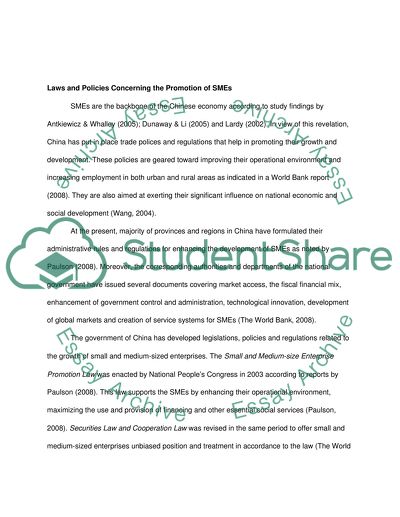Cite this document
(“The Management of Small and Medium Enterprises - Literature Review”, n.d.)
Retrieved from https://studentshare.org/gender-sexual-studies/1420515-the-management-of-small-and-medium-enterprises
Retrieved from https://studentshare.org/gender-sexual-studies/1420515-the-management-of-small-and-medium-enterprises
(The Management of Small and Medium Enterprises - Literature Review)
https://studentshare.org/gender-sexual-studies/1420515-the-management-of-small-and-medium-enterprises.
https://studentshare.org/gender-sexual-studies/1420515-the-management-of-small-and-medium-enterprises.
“The Management of Small and Medium Enterprises - Literature Review”, n.d. https://studentshare.org/gender-sexual-studies/1420515-the-management-of-small-and-medium-enterprises.


